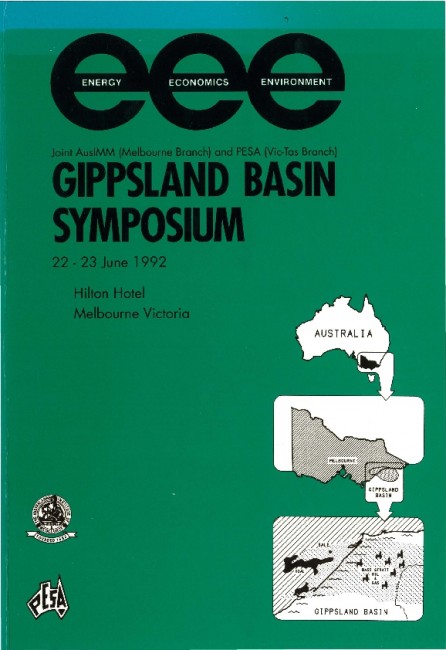Publication Name: Gippsland Basin Symposium, Melbourne, 22 ? 23 June 1992
Authors: C BLACK, D BROCKWAY, S HODGES, A MILNER
Publication Volume: Melbourne, 22 - 23 June 1992
Date Published: December 1992
Number of Pages: 17
Reference Type: Conference Proceedings
Abstract:
The combustion of brown coals in Latrobe Valley power stationsproduces approximately 500 000 tonnes of solid wastes each year. Tills
material, which includes precipitator ash, char and furnace ash, is
hydraulically sluiced to large ashing ponds and the supernatant solution is
ultimately discharged to the sea. There are significant operational and
capital costs associated with the current ashing system.
The ash produced from the Latrobe Valley coals is unique and has a
wide variety of potential applications including soil conditioning,
concrete and cement extenders, fillers in non-metallic materials,
components of building products. In addition, with the application of
appropriate technology, it is possible to extract char, sodium sulphate,
calcium carbonate and magnesium metal (as the chloride) in substantial
quantities from the ash. Research has been carried out to explore the
prospects of these various options for ash utilisation.
The research has focused on detailed characterisation of the ash
material and the potential extraction efficiency for various species under
various conditions. From this work a conceptual process has been
developed and subsequent studies have been directed towards
understanding variables and optimising operating regimes for product
extraction. Currently, the work is concentrating on the separation of char,
the development of high-grade carbon products and the extraction of
sodium sulphate.
A market survey for fly-ash materials was commissioned and the
technical and economic prospects for various commercial products and
processes have been explored. The results of this are presented with
particular reference to the aims of maximising utility, minimising cost and
minimising environmental impact of the SECV ashing operations.


